More than 120 people gathered for the 2024 Innovation Network for Fusion Energy (INFUSE) Workshop at the U.S. Department of Energy’s Princeton Plasma Physics Laboratory from Feb. 27-28. The event, which was sponsored by the DOE’s Office of Fusion Energy Sciences (FES), is a part of the INFUSE awards program that funds laboratories or universities so they can partner with private sector companies working on the science and technology solutions that will bring fusion energy to the power grid. To date, DOE has granted 90 awards, with most ranging from $100,000 to $350,000 for a 12-month project.
Tag: fusion energy
Lawrence Livermore’s popular Science on Saturday lecture series returns to Las Positas College
Lawrence Livermore National Laboratory’s (LLNL) popular lecture series, “Science on Saturday,” returns Feb. 3 and runs through Feb. 24. The series offers four different lectures with the theme, “Magic of Materials.”
Dr. Gabe Xu wins $75K McMahon-Pleiad Prize from University of Alabama System in recognition of research contributions
Dr. Gabe Xu, an associate professor of mechanical and aerospace engineering in the College of Engineering at The University of Alabama in Huntsville (UAH), has been selected to receive the 2023 University of Alabama (UA) System McMahon-Pleiad Prize.
UAH researchers win $457K to study astrophysical phenomena that could lead to propulsion breakthroughs
Two researchers in the College of Engineering at The University of Alabama in Huntsville (UAH) have won a grant totaling $457,963 to study 3D magnetic reconnection.

Ian Ochs wins highly competitive Marshall N. Rosenbluth Outstanding Doctoral Thesis Award
Profile of PPPL graduate Ian Ochs and his award-winning doctoral thesis.
DOE Awards $135 Million For Groundbreaking Research By 93 Early Career Scientists
The U.S. Department of Energy (DOE) today announced the selection of 93 early career scientists from across the country who will receive a combined $135 million in funding for research covering a wide range of topics, from artificial intelligence to astrophysics to fusion energy. The 2023 Early Career Research Program awardees represent 47 universities and 12 DOE National Laboratories across the country. These awards are a part of the DOE’s long-standing efforts to develop the next generation of STEM leaders to solidify America’s role as the driver of science and innovation around the world.
Department of Energy Announces $4.6 Million for Research on Public-Private Partnership Awards to Advance Fusion Energy
Today, the U.S. Department of Energy (DOE) announced $4.6 million in funding for 18 projects at national laboratories and U.S. universities. The awards are provided through the Innovation Network for Fusion Energy, or INFUSE, program, which was established in 2019. The program is sponsored by the Fusion Energy Sciences (FES) program office within DOE’s Office of Science and is focused on accelerating fusion energy development through public-private research partnerships.
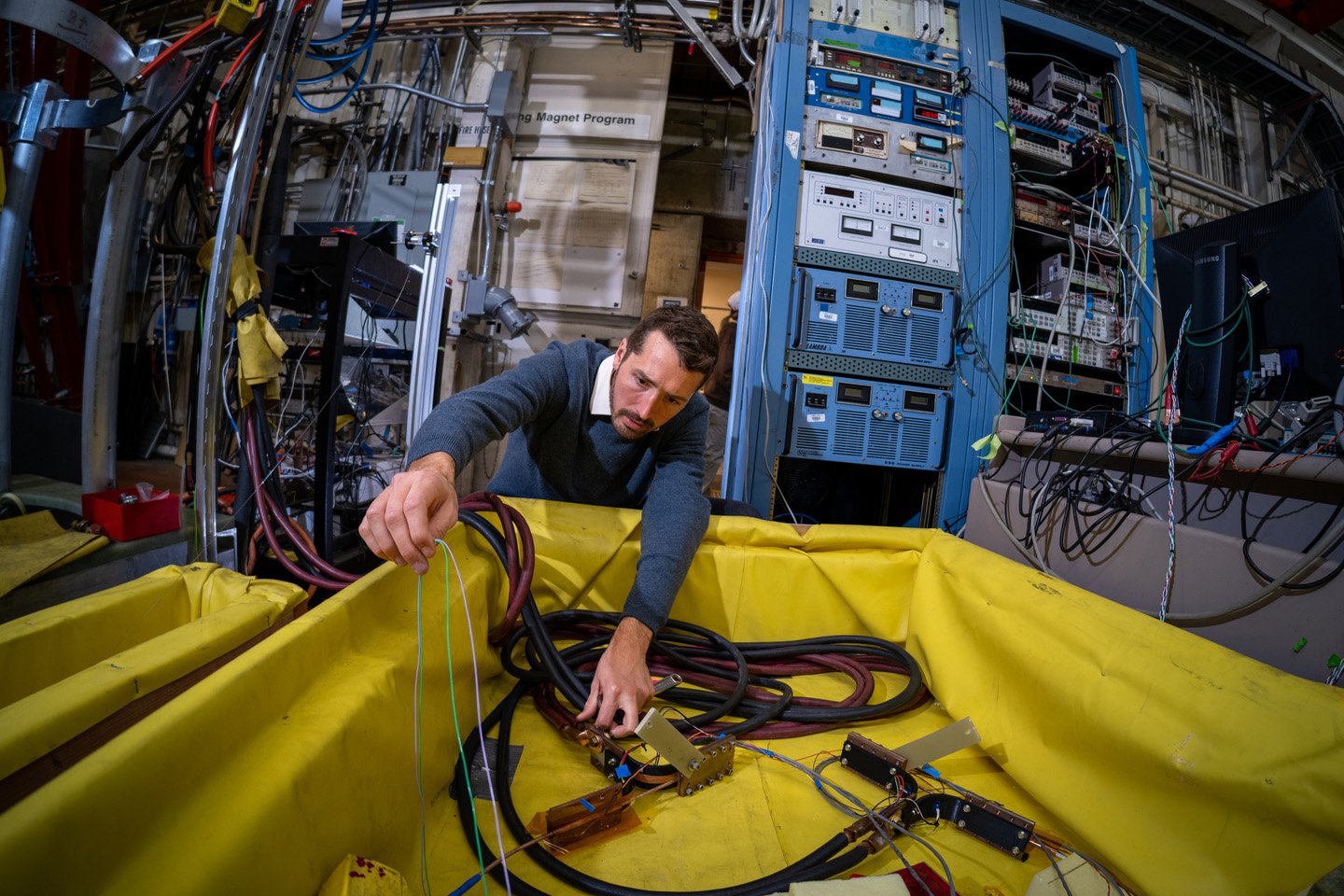
Fusion Q&A: The Path Forward
Fusion energy could address pollution, climate change, and high energy prices. Berkeley Lab’s Cameron Geddes and Reed Teyber explain how researchers are trying to make it a reality.
UAH researchers win awards totaling $750K to advance steps toward “holy grail” fusion clean energy project
Mechanical and aerospace engineering faculty at The University of Alabama in Huntsville (UAH) have won a pair of research awards totaling $750,000 to collaborate with the Los Alamos National Laboratory (LANL) on research to advance knowledge toward one of the most sought-after goals of plasma physics, plasma fusion energy. This project marks the first experimental collaboration between the university and the LANL, helping to bring fusion and high energy density (HED) plasma research to UAH, a part of The University of Alabama System.
DOE Announces $2.3 Million for Public-Private Partnerships to Advance Fusion Energy
The U.S. Department of Energy (DOE) today announced $2.3 million in funding for 10 projects that will pair private industry with DOE’s National Laboratories to overcome challenges in fusion energy development, an area of research that captivated global attention in December when the Department announced that a team at Lawrence Livermore National Laboratory had achieved fusion ignition. Ignition, in which more energy was derived from fusion than was put into it, had never been accomplished before in a laboratory setting and raised hopes that fusion energy could play a major role in the transition to clean energy.
Tulane nuclear physicist explains massive potential of fusion breakthrough
A Tulane University scientist said today’s announcement by the U.S. Department of Energy of a major fusion energy breakthrough has the potential to change the world but cautioned that the technology is many years — and experiments — away. Energy…
Scientists bring the fusion energy that lights the sun and stars closer to reality on Earth
PPPL scientists propose an explanation for the thermal quench, the sudden heat loss that precedes disruptions in doughnut-shaped tokamak fusion facilities.
Jaime Marian: Then and Now / 2012 Early Career Award Winner
Jaime Marian is a professor at UCLA in the Department of Materials Science and Engineering, studying irradiation to develop materials and improve fusion reactor designs.
Discovering an unsuspected hurdle for stellarator fusion facilities
Story reveals a potentially critical issue for stellarator designers to avoid.
Department of Energy Announces First Round of FY 2022 Public-Private Partnership Awards to Advance Fusion Energy
Today, the U.S. Department of Energy (DOE) announced awards for 18 projects with private industry to enhance collaboration with DOE national laboratories and U.S. universities to overcome challenges in fusion energy development.
Scientists detect characteristics of the birth of a major challenge to harvesting fusion energy on Earth
Novel camera detects the birth of high-energy runaway electrons, which may lead to determining how to prevent damage caused by the highly energetic particles.
Scientific publishing organizations and national laboratories partner on transgender-inclusive name-change process for published papers
U.S. national laboratories and prominent publishers announce a partnership to support name change requests from researchers on past published papers.
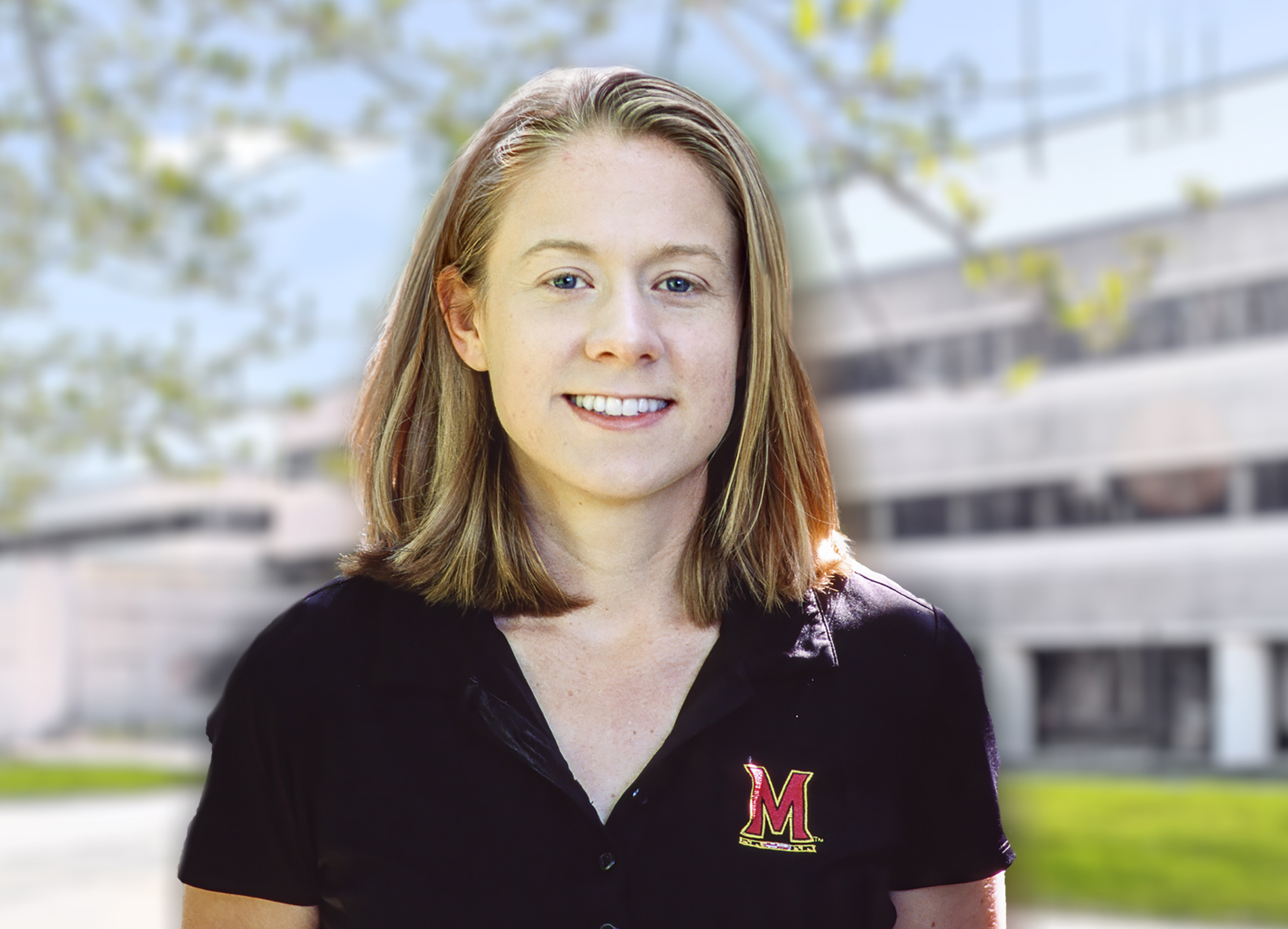
Presidential postdoctoral fellow at Princeton University and PPPL wins highly competitive award for groundbreaking research
News release profiles award-winning physicist Elizabeth Paul, whose work advances the development of fusion devices called stellarators that aim to harvest on Earth fusion energy.
PPPL selected for three new public-private partnerships to speed the development of fusion energy
These partnerships facilitate breakthroughs in harvesting on Earth the fusion power that drives the sun and stars.
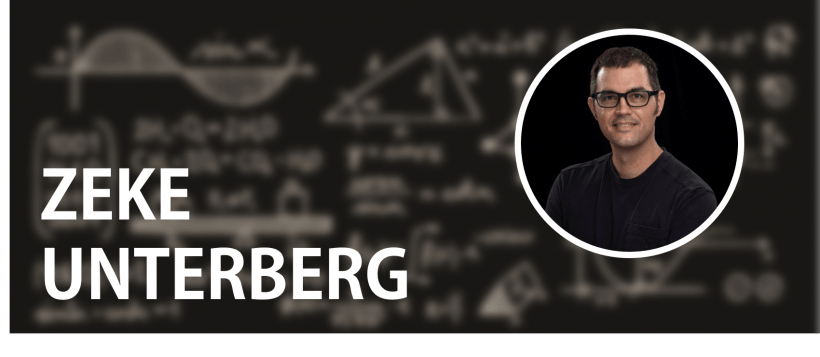
Zeke Unterberg: Then and Now / 2011 Early Career Award Winner
Zeke Unterberg is a senior research scientist at Oak Ridge National Lab, studying ways to optimize the operations and materials for future nuclear fusion reactors.
Scientists develop a new tool for measuring radio waves in fusion plasmas
PPPL scientists have developed a path-setting way to measure RF waves that could lead to enhanced future experiments aimed at bringing fusion energy to Earth.
Discovery of 10 faces of plasma leads to new insights in fusion and plasma science
Scientists uncover new properties of plasma that have wide potential applications for astrophysical and fusion plasmas.
Story tips: Powered by nature, get on the bus, accelerating methane, helping JET soar, charged up planning and building a better thermostat
ORNL story tips: Powered by nature, get on the bus, accelerating methane, helping JET soar, charged up planning and building a better thermostat
Department of Energy Awards 22 Million Node-Hours of Computing Time to Support Cutting-Edge Research
The U.S. Department of Energy’s (DOE) Office of Science today announced that 22 million node-hours for 41 scientific projects under the Advanced Scientific Computing Research (ASCR) Leadership Computing Challenge (ALCC) program.
Department of Energy Announces First Round of FY 2021 Public-Private Partnership Awards to Advance Fusion Energy
The Department of Energy (DOE) today awarded $2.1 million across 9 collaborative projects between DOE national laboratories and private industry aimed at overcoming challenges in fusion energy development.
Artificial intelligence speeds forecasts to control fusion experiments
Machine learning can improve the ability of scientists to optimize the components of experiments on spherical tokamaks that heat and shape the magnetically confined plasma that fuels fusion reactions.
Researchers poised to deliver key scientific findings in the fast lane
PPPL forges ahead with development of streaming media to provide rapid analysis of key findings of remote fusion experiments.
Scientists create unique instrument to probe the most extreme matter on Earth
PPPL develops novel X-ray crystal spectrometer to measure high energy density plasmas in the National Ignition Facility at Lawrence Livermore National Laboratory.
Department of Energy Announces $6.4 Million for Research on International Fusion Energy Facilities
Today, the U.S. Department of Energy (DOE) announced $6.4 million in funding for U.S. scientists to carry out seven research projects at two major fusion energy facilities located in Germany and Japan.
Physicist Dan Boyer wins Early Career Award for research in Artificial Intelligence methods to advance fusion energy
Dan Boyer of PPPL receives DOE Early Career Award to accelerate predictive models of spherical tokamak plasmas with machine learning methods.
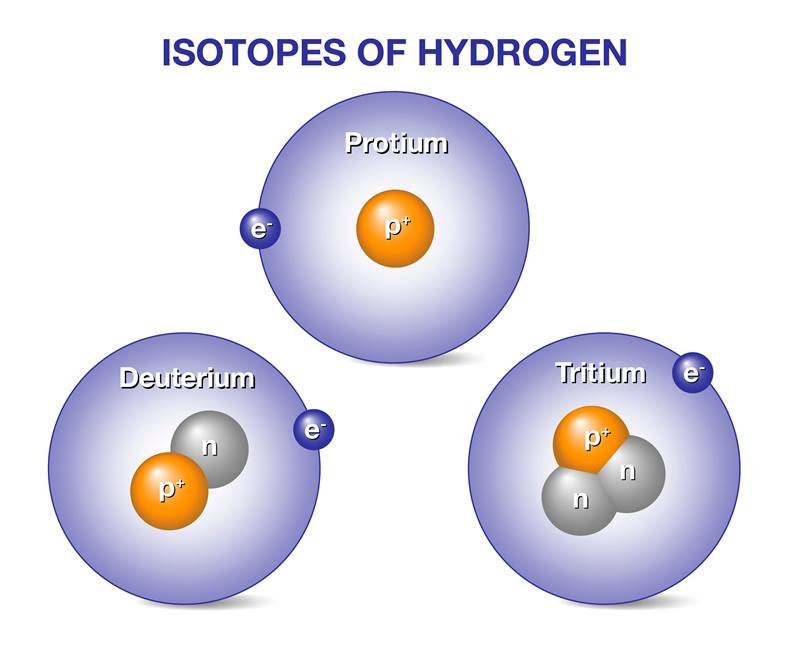
Understanding the Outsized Effect of Hydrogen Isotopes
Creating a fusion plasma requires deep understanding of the behavior of various isotopes of hydrogen. But plasma scientists have long been puzzled by a mysterious contradiction– the disconnect between theoretical predictions and experimental observations of how fusion energy confinement varies with the mass of hydrogen isotopes used to fuel the plasma. A new analysis has helped unravel this mystery.

National panel chaired by PPPL expert urges the government and private sector to produce net electricity in fusion pilot plant by 2035-2040
Article details report urging the U.S. to immediately invest in resolving the scientific and technical issues required to design and build a fusion-powered pilot plant
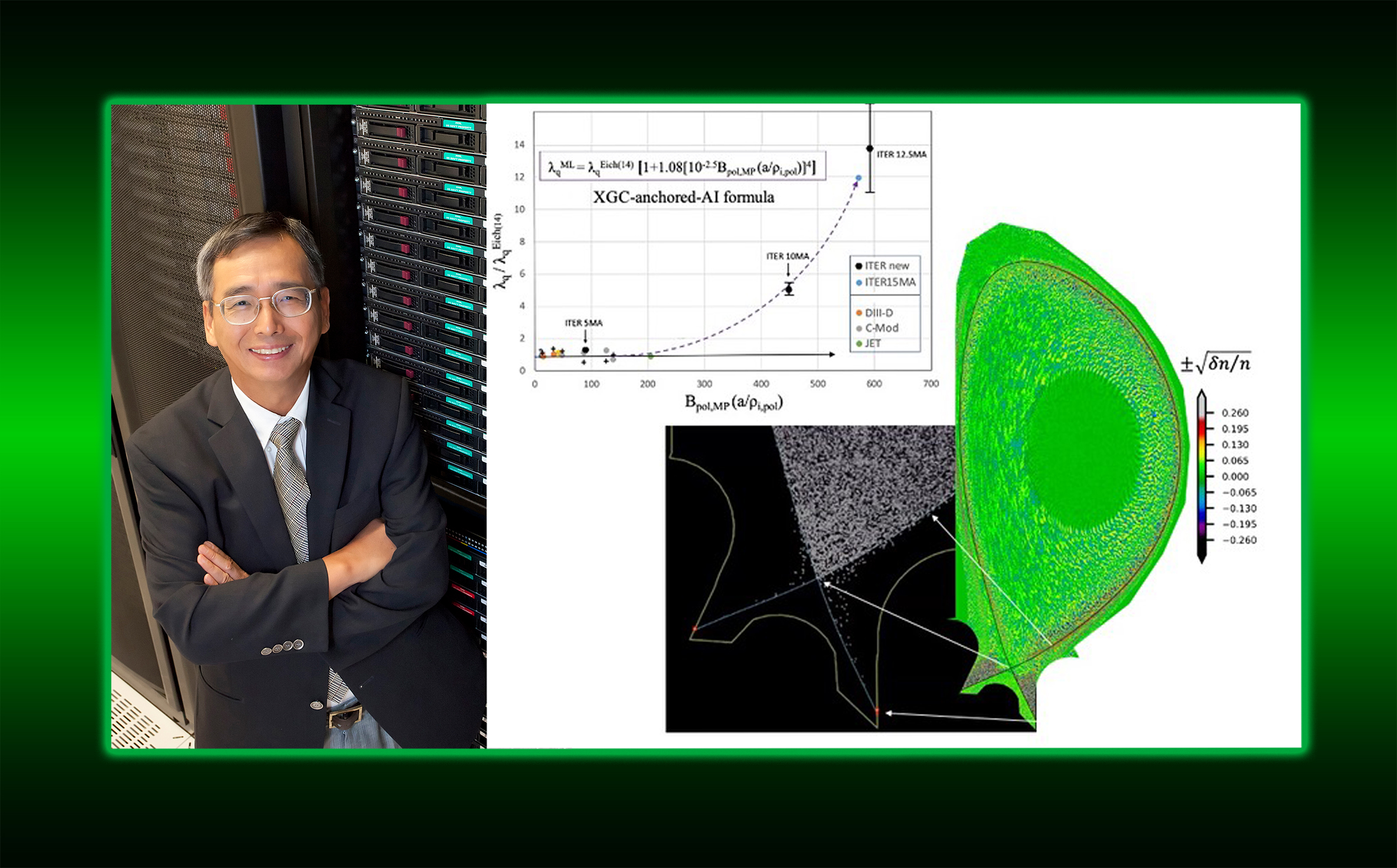
Extreme-scale computing and AI help forecast a promising outlook for divertor heat-loads in next-step fusion reactors
New computer simulation forecasts a surprisingly optimistic heat load for future fusion facilities designed to harvest on Earth the fusion that powers the sun and stars to generate electricity.
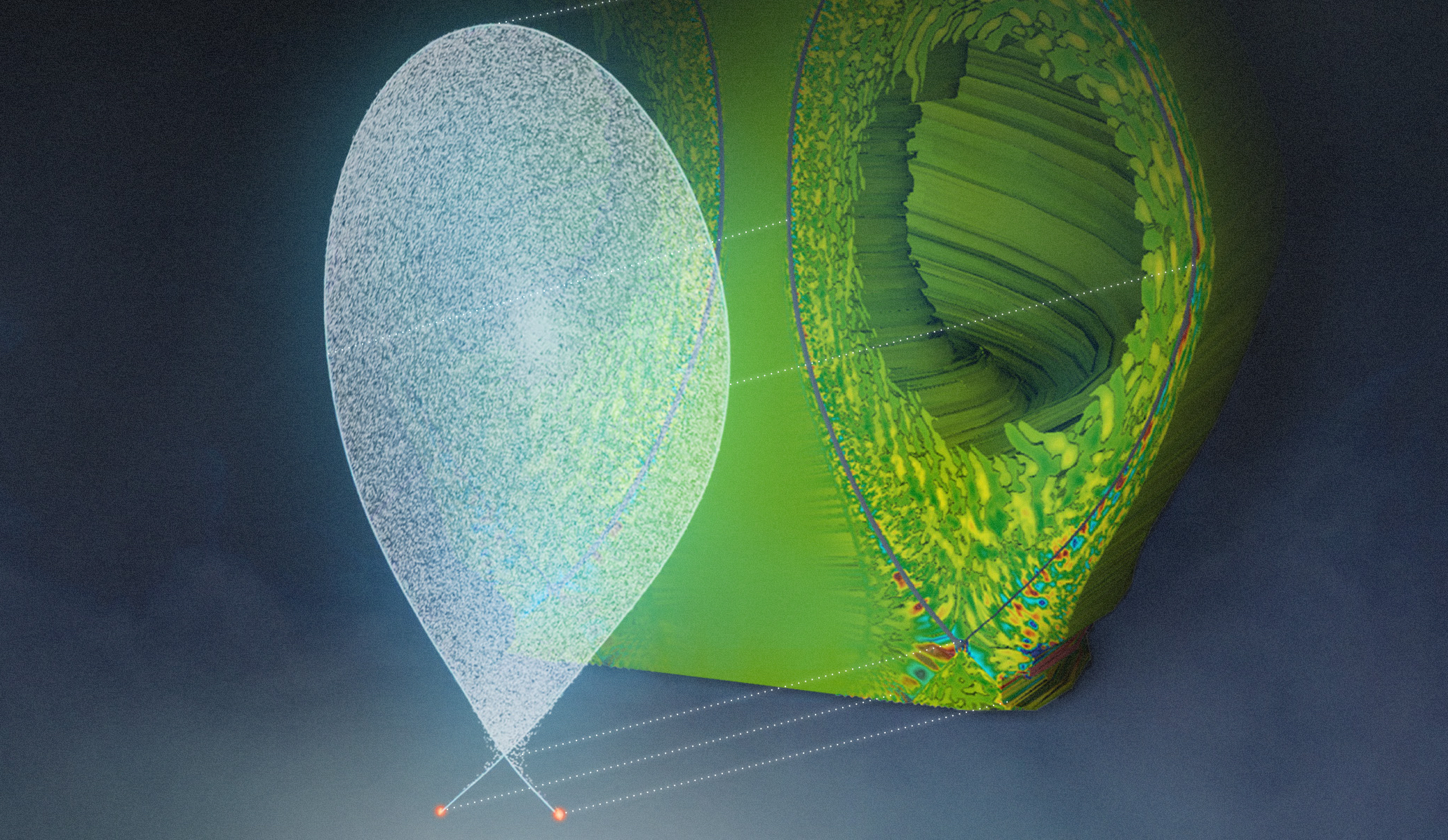
Scientists Use Supercomputers to Study Reliable Fusion Reactor Design, Operation
A team used two DOE supercomputers to complete simulations of the full-power ITER fusion device and found that the component that removes exhaust heat from ITER may be more likely to maintain its integrity than was predicted by the current trend of fusion devices.
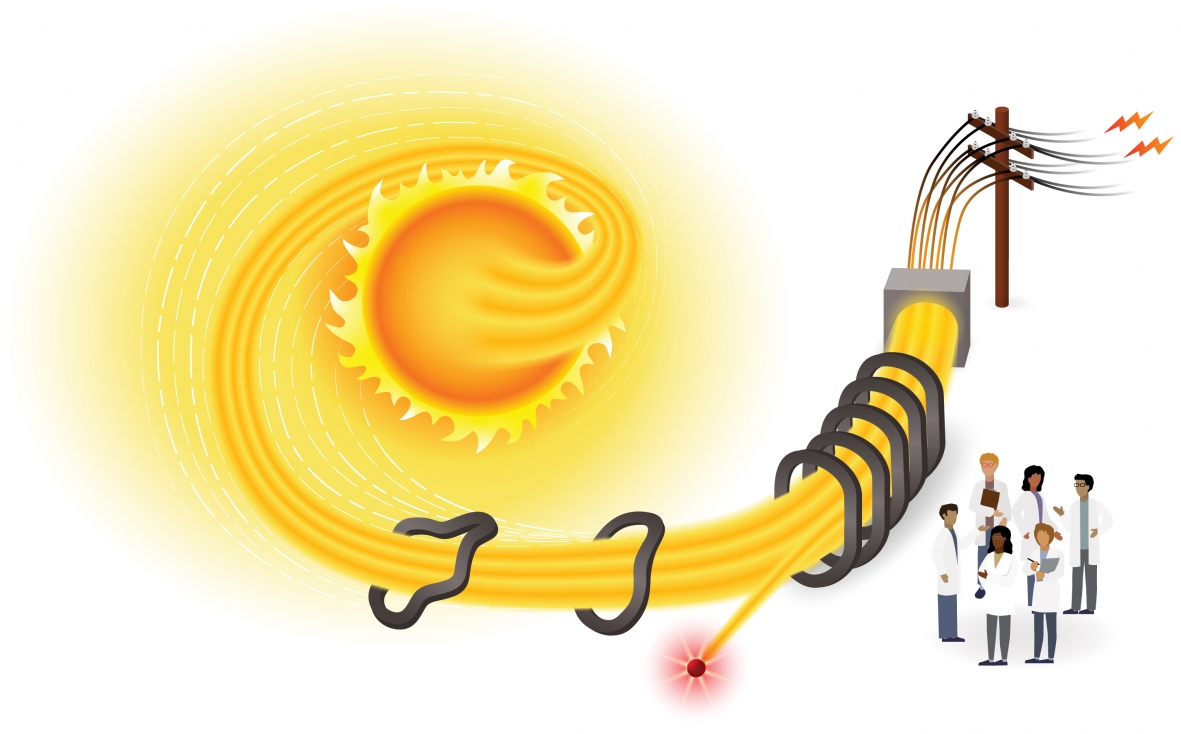
Envisioning the Future of Fusion Energy and Plasma Research
Based on input from the fusion and plasma research community, the Fusion Energy Sciences Advisory Committee has put forth a new vision and goal. Based on decades of advances in fusion research, they propose working to launch an economically-viable pilot fusion power plant by the 2040s.
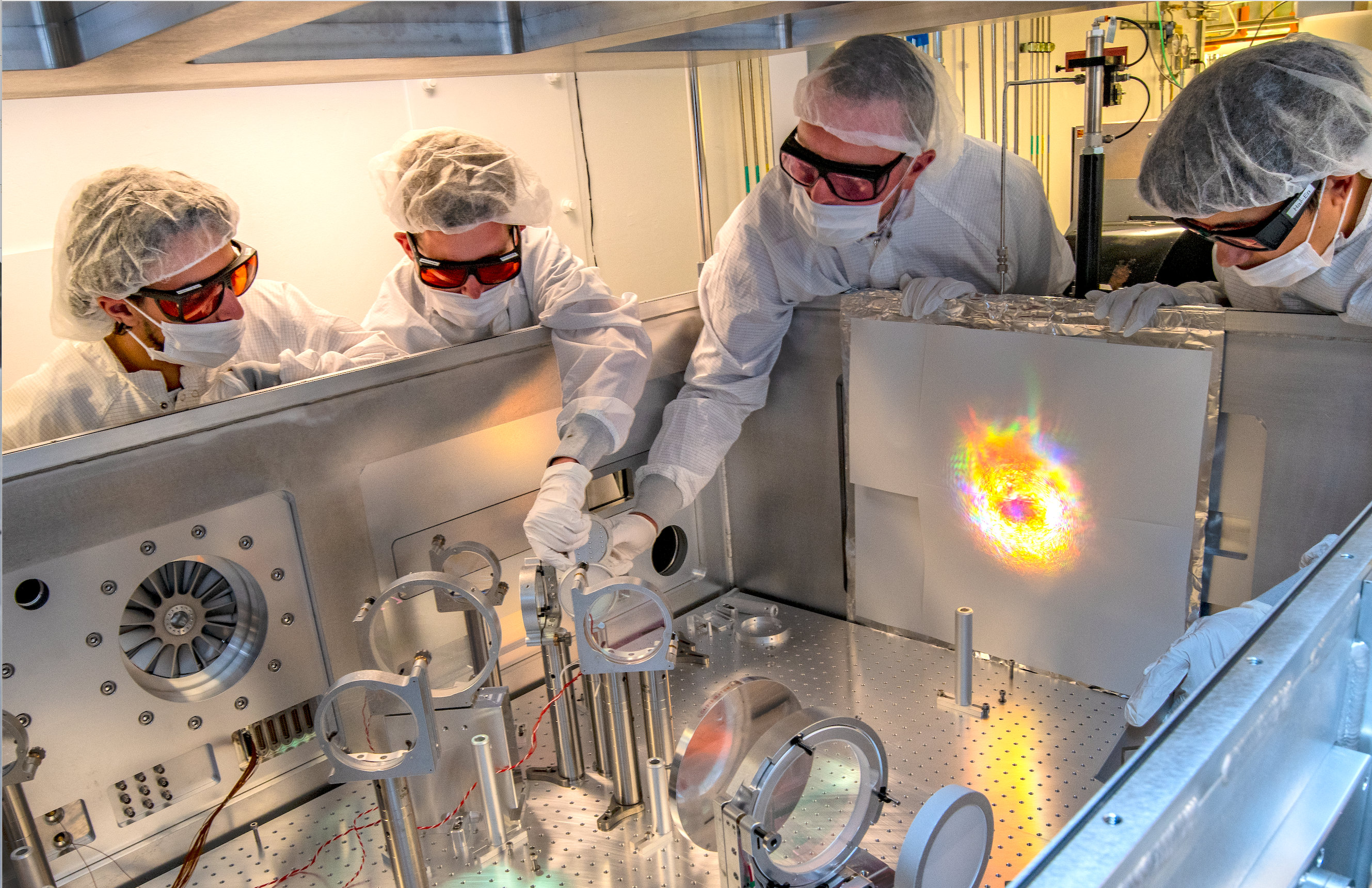
Advisory Committee Releases Strategic Plan for U.S. Fusion, Plasma Program
The U.S. Department of Energy (DOE) Fusion Energy Sciences Advisory Committee (FESAC) has adopted and endorsed a new report that lays out a strategic plan for fusion energy and plasma science research over the next decade. The report has been…

Scientists propose lithium to cope with high-risk condition in future fusion facilities
PPPL scientists have created a plan using liquid lithium to keep the full force of extreme and potentially damaging heat from hitting the divertor region that will release heat from future tokamak fusion facilities.

Keeping it Cool while Maintaining Core Performance
One of the great challenges in fusion tokamaks is how to keep the core of a plasma hot enough that fusion can occur while maintaining a temperature at the edge of the plasma low enough that it doesn’t melt the tokamak’s walls. This requires dissipating the heat and particles flowing towards the wall without reducing the performance of the core. Researchers recently developed a pathway to addressing this core-edge integration challenge.

Renowned fusion laboratory honors pioneering physicist Richard J. Hawryluk
PPPL names main conference room for physicist Richard J. Hawryluk, a Laboratory guiding light for more than 40 years.
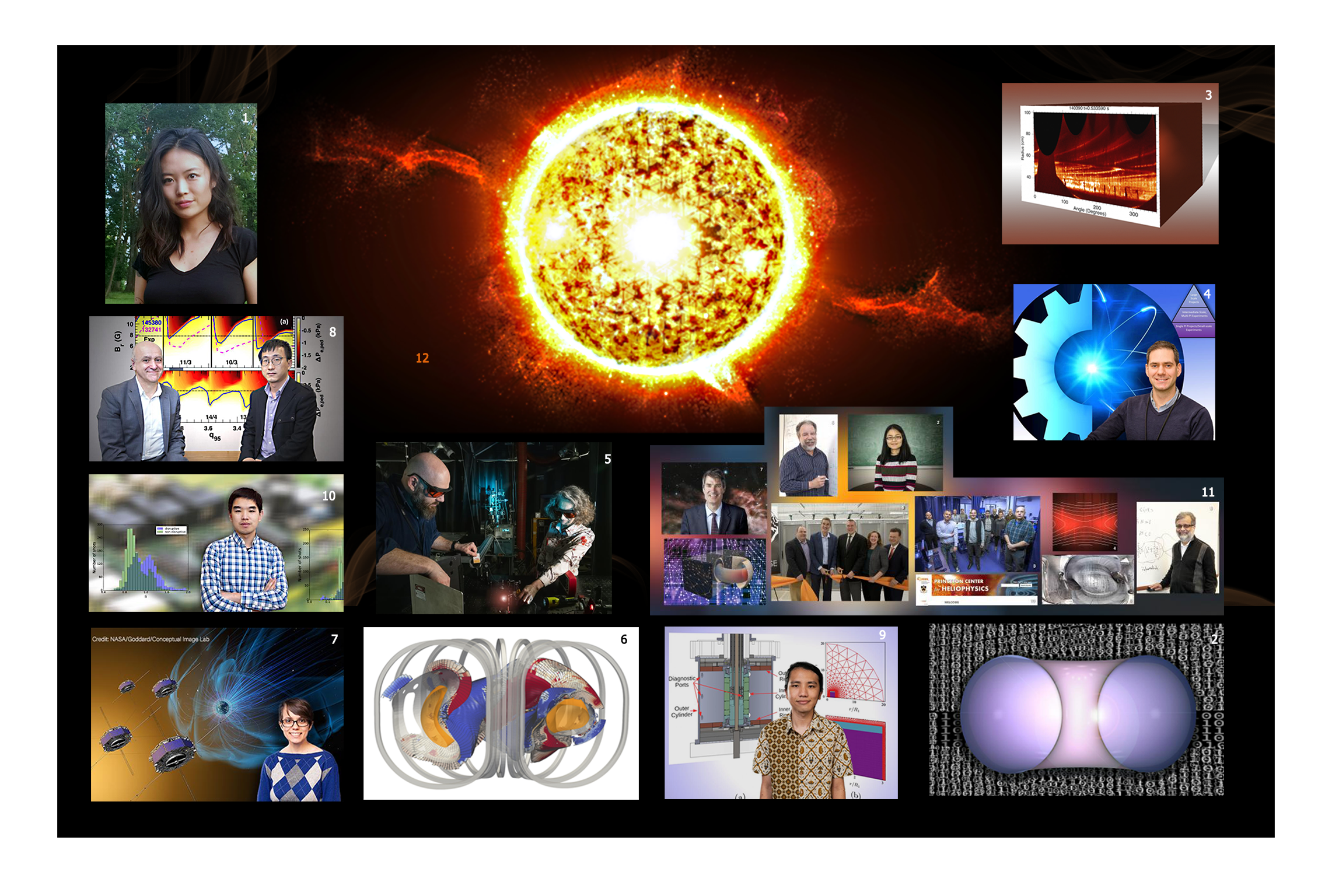
A dozen not-to-be-missed 2020 stories from PPPL
Article displays 12 research and development highlights published by PPPL in 2020.
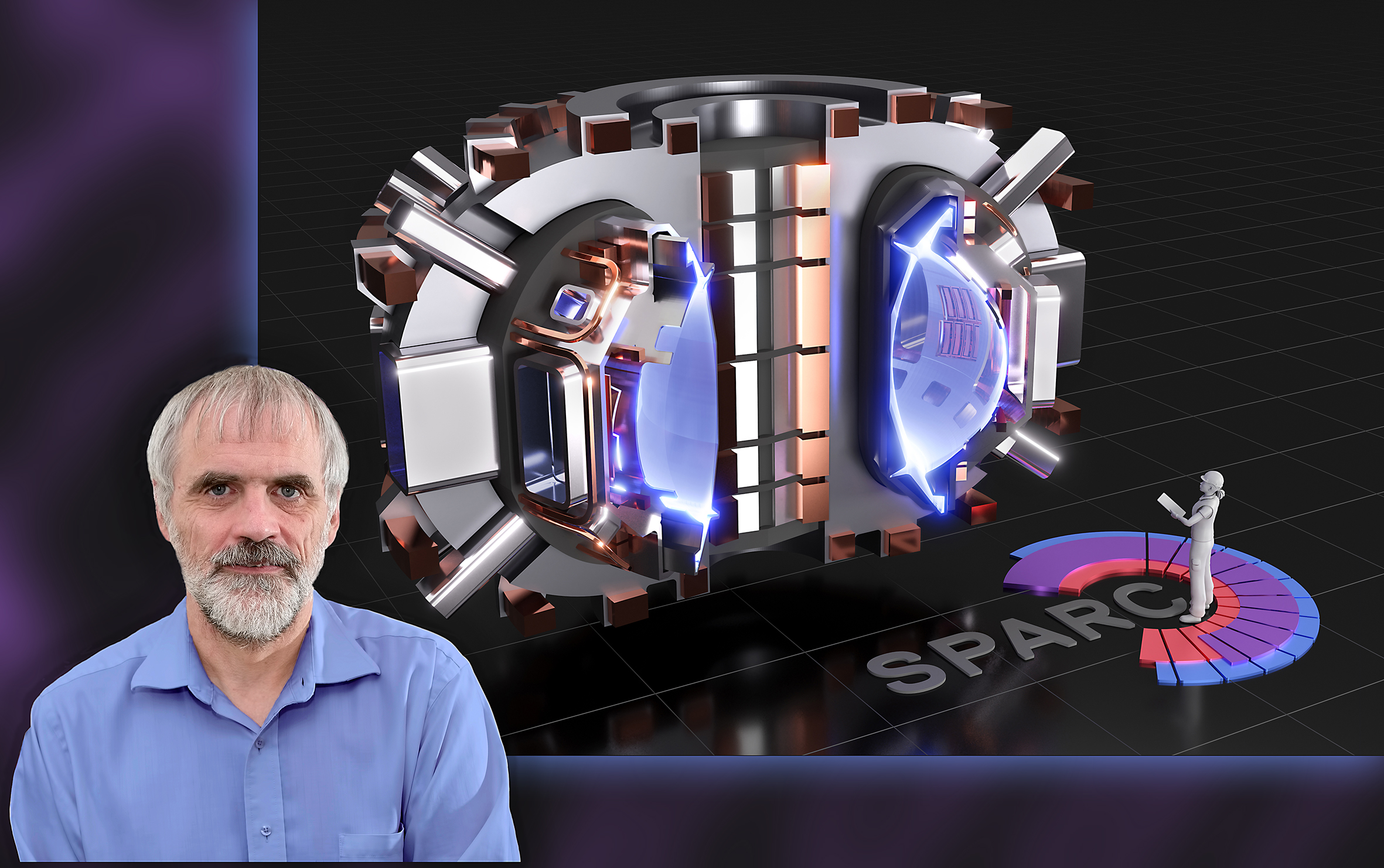
Scientists collaborate on public-private partnership to facilitate the development of commercial fusion energy
Article describes PPPL work in coordination with MIT’s Plasma Science and Fusion Center and Commonwealth Fusion Systems, a start-up spun out of MIT that is developing a unique tokamak fusion device called “SPARC.”

PPPL awarded total of $4 million to simplify design and construction of stellarator fusion energy facilities
Design and construction of start of unique permanent magnet stellarator funded to begin.
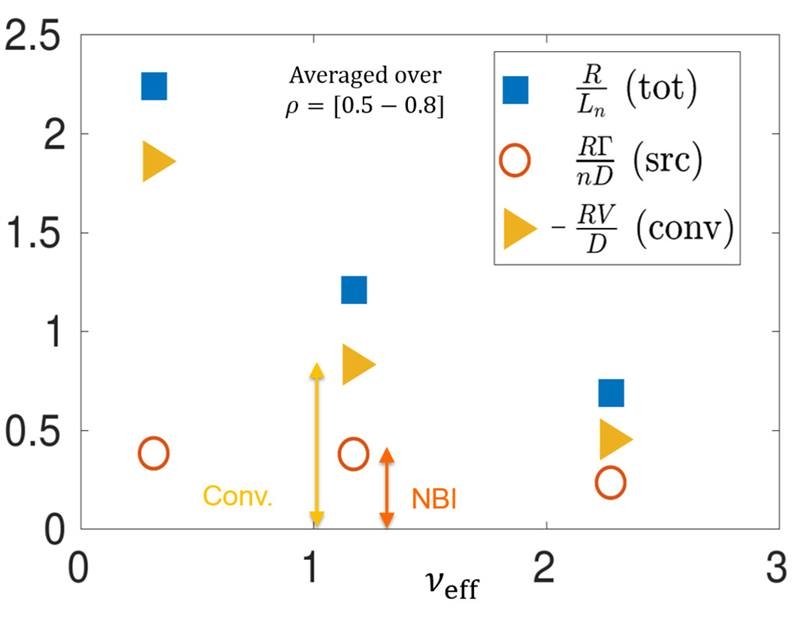
DIII-D Scientists Identify New Peaks in Fusion Power
In new experiments at the DIII-D National Fusion Facility, researchers separately measured the deposition of particles and turbulent transport in in high-confinement plasmas. The research showed that the increase is the result of electrons being transported by turbulence up a hill of plasma density.

Path-setting theoretical physicist Elena Belova elected an APS Fellow
Profile of PPPL physicist Elena Belova, a pioneer in developing hybrid simulation codes in fusion and space plasmas, who has been elected a Fellow of the American Physical Society.
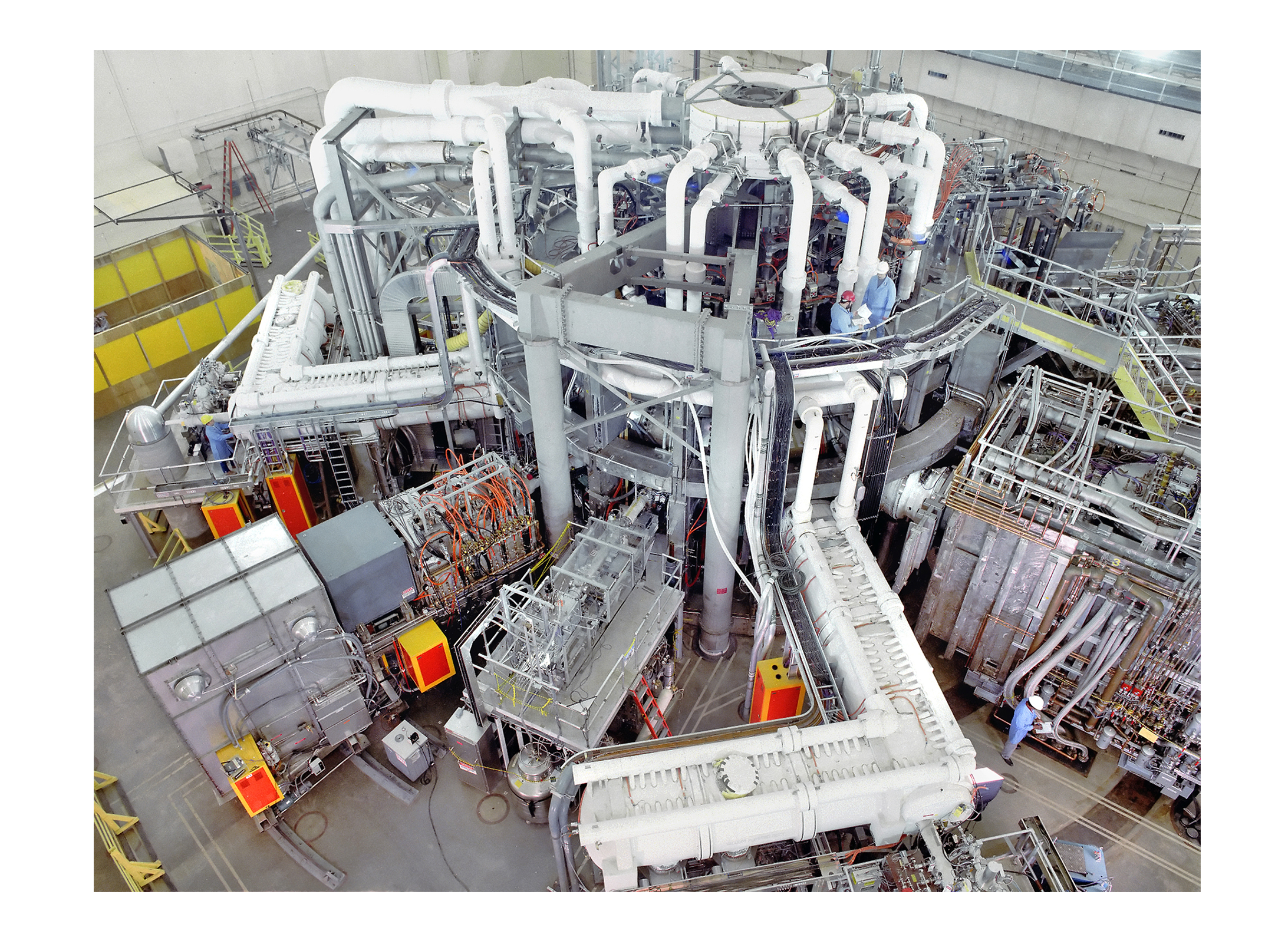
The American Nuclear Society designates the groundbreaking Tokamak Fusion Test Reactor a Nuclear Historic Landmark
The record-setting PPPL tokamak that laid the foundation for future fusion power plants receives the distinguished landmark designation from the the American Nuclear Society.
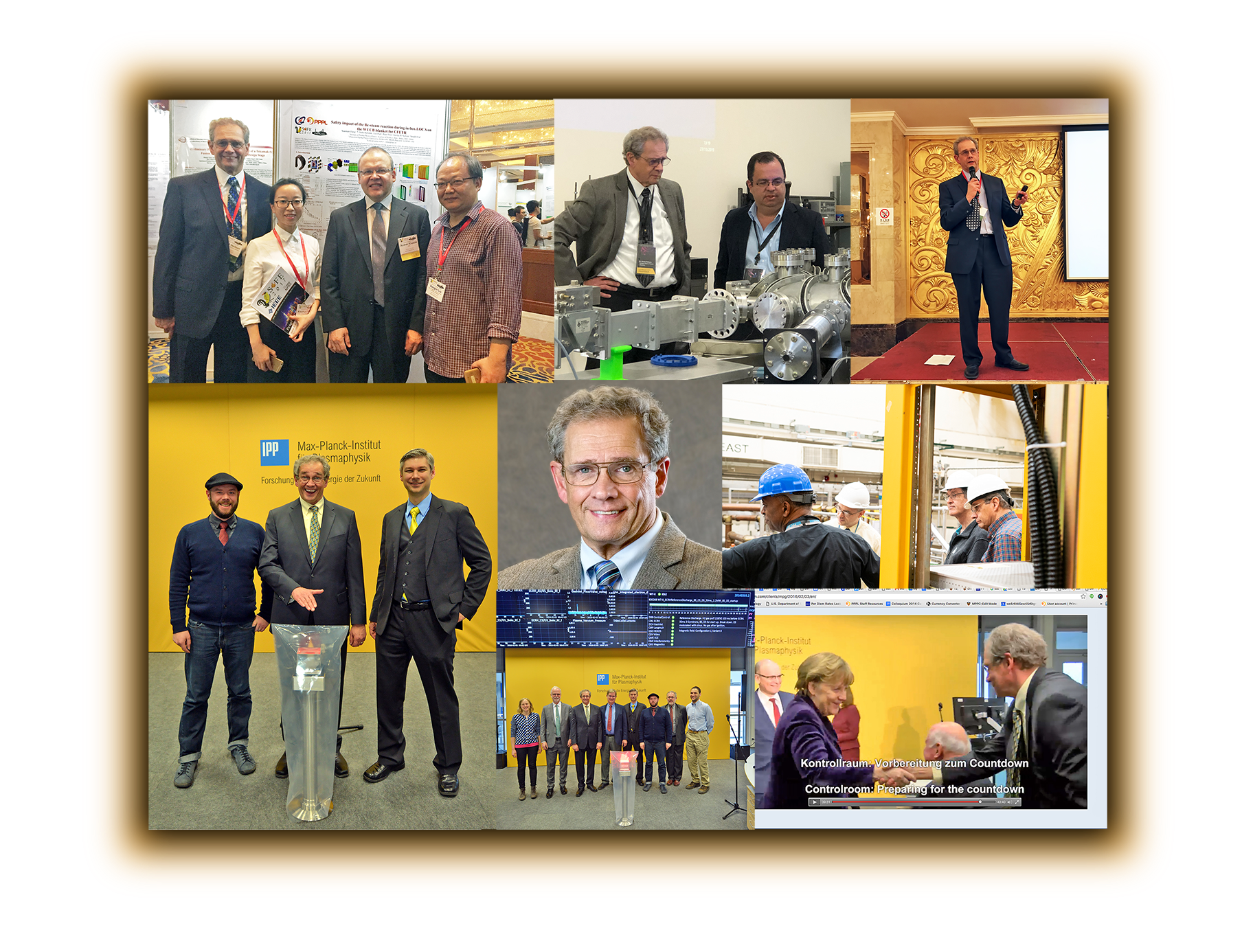
PPPL physicist Hutch Neilson receives award for decades of leadership on national and international fusion experiments
Hutch Neilson, a physicist at PPPL who is head of ITER Projects, has received the 2020 Institute of Electrical and Electronics Engineers’ (IEEE) Nuclear & Plasma Sciences Society (NPSS) Merit Award for decades of achievements, including collaborations with fusion experiments around the world from the Wendelstein 7-X (W7-X) stellarator in Germany to the international ITER experiment in the south of France.

New public-private projects to speed fusion energy production come to PPPL
Two new fusion companies will work with PPPL to model their development concepts under the INFUSE program.

Egemen Kolemen wins 2020 Excellence in Fusion Engineering Award
Egemen Kolemen, Princeton University assistant professor and PPPL physicist, wins prestigious Fusion Power Associates award.

New findings could help scientists tame damaging heat bursts in fusion reactors
Physicists at PPPL discover a new trigger for edge localized modes (ELMs) — instabilities that can halt fusion reactions and damage the tokamaks that house such reactions.
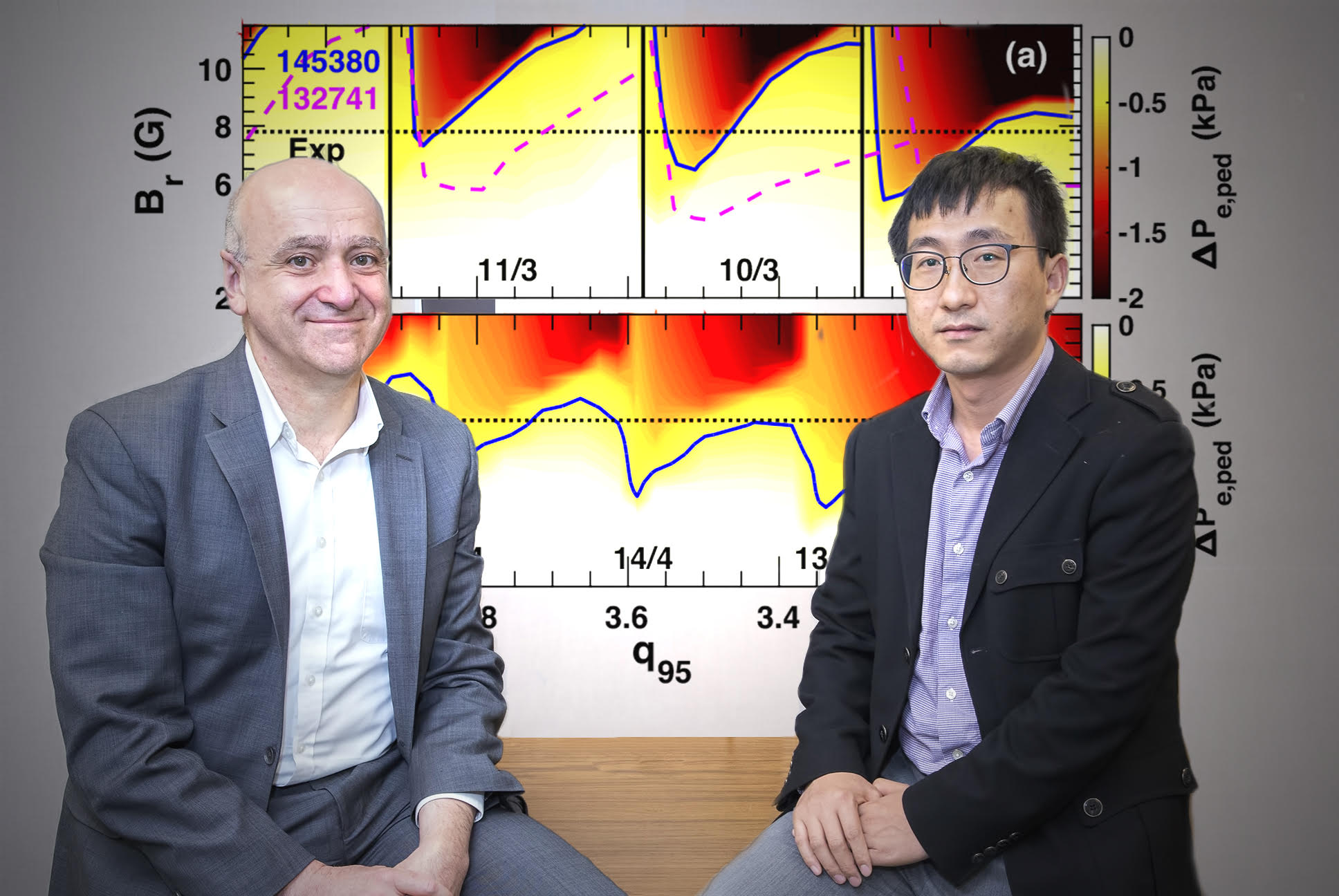
Scientists propose method for eliminating damaging heat bursts in fusion device
Researchers discover a technique for widening the windows of plasma current to enhance suppression of edge localized modes (ELMs) that can damage tokamak facilities.